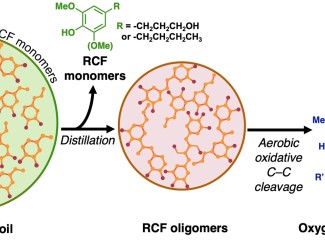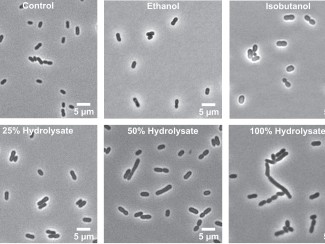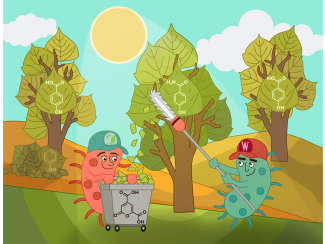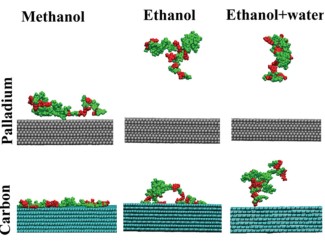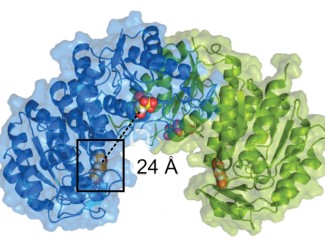WEI researchers honored for science literacy efforts
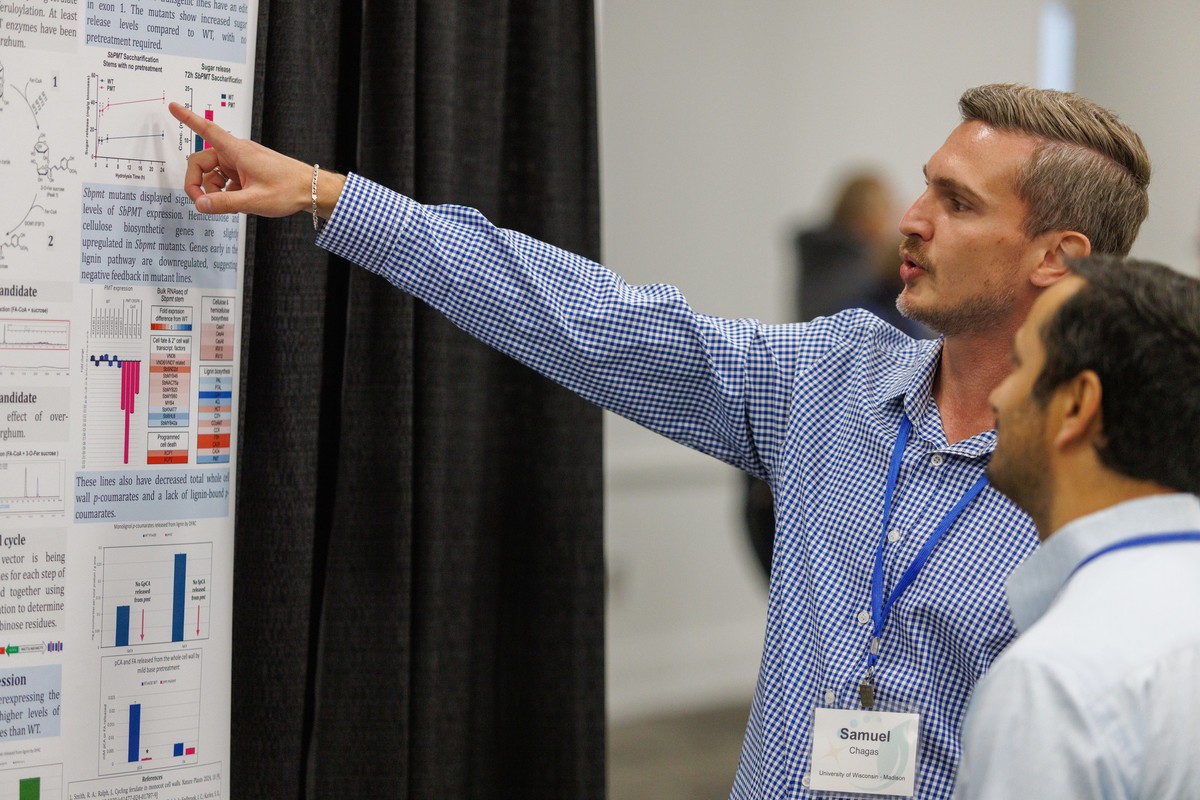
Gene editing — precise modification of an organism’s genetic blueprint – might not be the first thing that comes to mind when you think of renewable energy.
But two researchers with the Wisconsin Energy Institute explain the connection in recent essays about their work – one with plants, the other with microorganisms.
Both were honored with awards from the Wisconsin Initiative for Science Literacy in recognition of their efforts to improve public understanding of science, marking the second consecutive year that WEI scientists have earned the awards.
Samuel Chagas, a postdoctoral researcher in Rebecca Smith’s lab, won the WISL postdoc award for an article explaining his efforts to reprogram certain grasses to make them easier to break down into biofuels and other products.
Specifically, Chagas is investigating a sorghum gene responsible for forming lignin, the part of the cell wall that helps plants stand up. The goal is to change the lignin composition to make it easier to release plant sugars that can be fermented into alcohol.
Like Chagas, Amy Engright Steinberger uses a gene editing technology known as CRISPR, but she applies it to microbes that do the fermentation once the plants are broken down.
Now a postdoc in Jason Peters’ lab, Steinberger won the WISL award for communicating PhD research for a chapter in her 2025 thesis on using genomics to help Zymomonas mobilis survive the harsh conditions of industrial fermentation.
Using psychotherapy as an analogy, she explains how she uses CRISPR to turn off key genes one at a time to figure out how the bug responds to various stresses, from toxins that plants produce to ward off bacteria to the biofuels themselves.
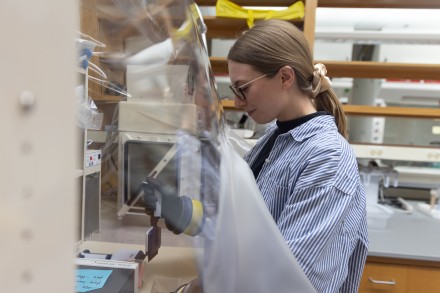
Identifying the genes behind Z. mobilis’ coping mechanisms is the first step to growing new strains that are better at converting biomass into fuel and chemicals used to make plastics, adhesives, and other products.
Launched in 2010 by UW–Madison chemistry Professor Bassam Shakhashiri, the initiative aims to promote literacy in science, mathematics, and technology and to attract future generations to careers in research, teaching, and public service.
As Shakhashiri wrote, "Science literacy enlightens and enables people to make informed choices, allowing us to be skeptical, to reject shams, quackery, unproven conjecture, and to avoid being bamboozled into making foolish decisions where matters of science and technology are concerned."
The program pairs PhD candidates with editors to help them write a chapter of their thesis specifically for a non-science audience. Those who complete the program receive a cash prize. There is a parallel program for postdocs.
In 2024, Blaise Manga Enuh, a postdoc in Dan Noguera’s lab, wrote about his work using computer modeling to understand metabolic networks in microbes like Novosphingobium aromaticivorans, a bug that can convert aromatic chemicals in plant biomass into chemicals used to make plastic.
Parisa Sarzaeim, a postdoc researching the intersection of water resource management and climate change in Grace Bulltail’s lab, wrote an essay on applying accessibility and ethical principles to Indigenous datasets.
Other past award recipients include Great Lakes Bioenergy Research Center members Christine Hustmyer, Jennifer Tran, and Shannon Goes.

